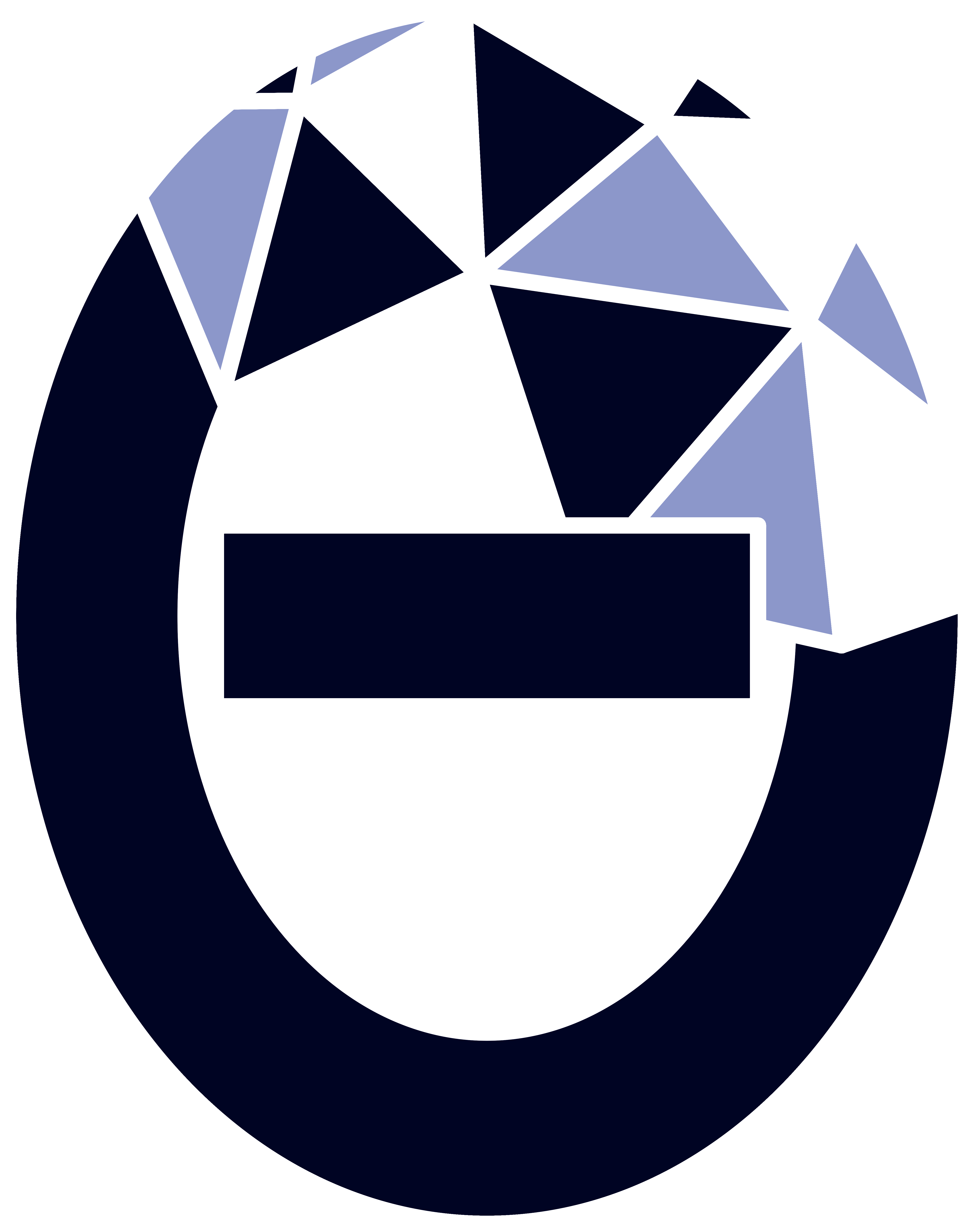Tuesday Week 1, 15th January – The Secret Mathematicians
Marcus du Sautoy Artists are constantly on the hunt for interesting new structures to frame their creative process. From composers to painters, writers to choreographers, the mathematician’s palette of shapes, patterns and numbers has proved a powerful inspiration. Often subconsciously artists are drawn to the same structures that fascinate mathematicians. Through the work of artists like Borges and Dali, Messiaen and Laban, I shall explore the hidden mathematical ideas that underpin their creative output but I will also reveal that the work of the mathematician is sometimes no less driven by strong aesthetic values.
Tuesday Week 2, 22nd January – Genes and Geography
Peter Donnelly Genes and Geography: using genetic data and mathematical models to understand the history of the people of the British Isles
Tuesday Week 3, 29th January – Social!
Tuesday Week 4, 5th February – The Reality Game
Doyne Farmer We introduce an evolutionary game with feedback between perception and reality, which we call the reality game. It is a game of chance in which the probabilities for different objective outcomes (e.g. heads or tails in a coin toss) depend on the amount wagered on those outcomes. By varying the ‘reality map’, which relates the amount wagered to the probability of the outcome, it is possible to move continuously from a purely objective game in which probabilities have no dependence on wagers to a purely subjective game in which probabilities equal the amount wagered. We study self-reinforcing games, in which betting more on an outcome increases its odds, and self-defeating games, in which the opposite is true. This is investigated in and out of equilibrium, with and without rational players, and both numerically and analytically. We introduce a method of measuring the inefficiency of the game, similar to measuring the magnitude of the arbitrage opportunities in a financial market. We prove that the inefficiency converges to equilibrium as a power law with an extremely slow rate of convergence: the more subjective the game, the slower the convergence.
Tuesday Week 5, 12th February – Surfaces and Strings
Frances Kirwan This talk is about surfaces: their geometry and topology, and how they are related to string theory in mathematical physics. It is intended to be accessible to first-year undergraduate mathematicians, but has the (no doubt over-optimistic) aim of providing a small taste of some recent research in geometry.
Tuesday Week 6, 19th February – The Gap of Ignorance: How Uncountable are the Reals?
Robin Knight After Cantor provided a method for measuring the sizes of infinite sets, the following question arose: are there any sets of real numbers that are uncountable, so having more elements than the set of rationals, but having fewer elements than the entire set of reals? Cantor thought that no such sets could exist; his conjecture is the famous Continuum Hypothesis. Sierpinski, in his 1934 book L’Hypothèse du Continu, summed up 50 years of work by saying that no progress had been made towards finding one. We look at some mathematical and topological reasons why the quest for these sets of intermediate size was so hard, and why mathematicians still can’t agree on whether or not they exist.
Tuesday Week 7, 26th February – Invariants on the Curve
Alain Goriely In this talk, Alain explores properties of curves in three dimensions. In particular, he shows how to attach topological and geometric descriptors to curves and show how they are related to each other through a fundamental identity. These ideas link the theory of knots to physics and even biology as they have become a powerful tool to probe the secrets of DNA or understand the twisting of vines.
Tuesday Week 8, 5th March – AGM
Join our mailing list so you don’t miss any events!

Leave a Reply